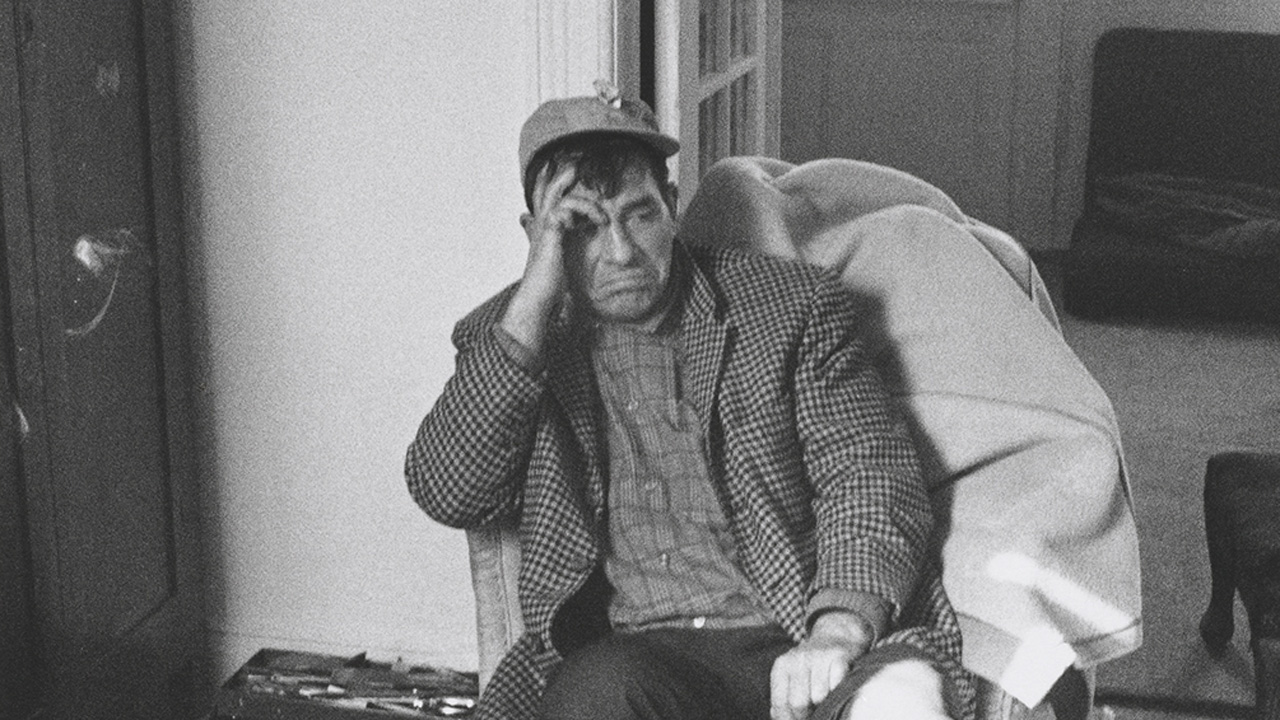Only a damned cretin would deny the colossal impact that the late Allen Ginsberg had on the 20th century literary world. His divinely manic, sometimes-drug-fueled rants, punctuated by themes of sexual liberation, gritty urban romanticism and countercultural activism came to define the Beat Generation. And then James Franco played him in Howl.
His aptitude as a photographer, however, is slightly more up for debate. “Beat Memories: The Photographs of Allen Ginsberg,” now on display at NYU’s Grey Art Gallery, has been received with somewhat mixed reviews. The author of this New York Times article, for example, laments his disappointment with the retrospective exhibit, criticizing its lack of groundbreaking historical documentation, and calling it “remarkably tame.”
With photos of Jack Kerouac embarking on a dimethyltryptamine trip, Neal Cassady in bed with a sultry lady at Tim Leary’s famous Millbrook mansion, Lou Reed doing a goofy Samuel Beckett impression, Bob Dylan moments before being assaulted by a homeless man, and Madonna sitting on Warren Beatty’s lap; “tame” might not be the most descriptive word for the collection. Many of the photos, which Ginsberg mostly took with a used Kodak he bought on the Bowery in 1953, are accompanied by deeply telling, nostalgic captions and handwritten poems. Pure. Ginsberg. Gold.
If his poetry shows the reader an incendiary, albeit revised and idealized version of his life, Ginsberg’s amateur, candid photos show us the opposite — a clear view into the intimate world he shared with his friends, unobstructed by the cryptic, intoxicating smokescreen of his words. In his photos we can see the Beat Generation as real, relatable people, who once lived regular lives in New York City.
If your regular life is tripping balls with Ken Kesey’s Merry Pranksters and homoerotic DMT parties.“Beat Memories: The Photographs of Allen Ginsberg,” Jan 15 – Apr 6th, Grey Gallery, NYU, New York



